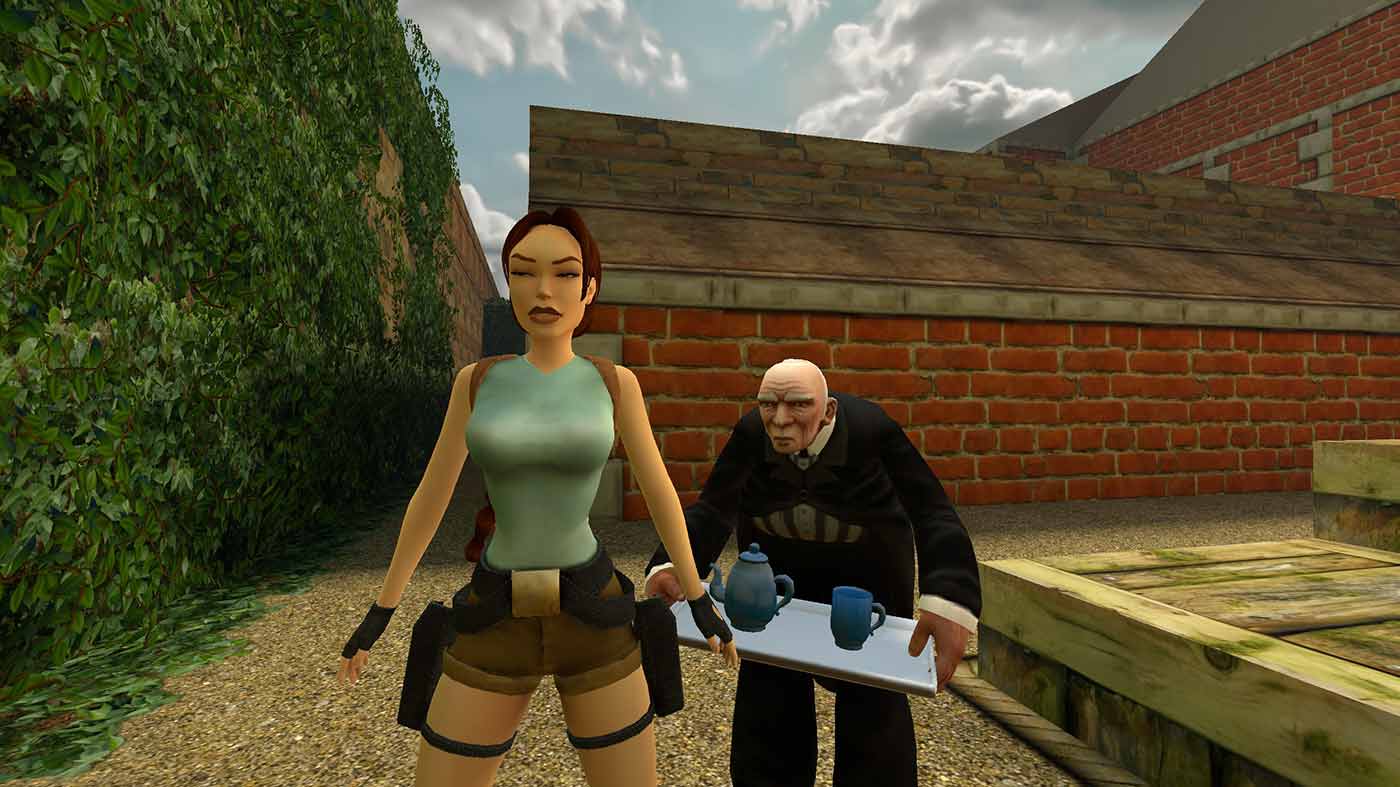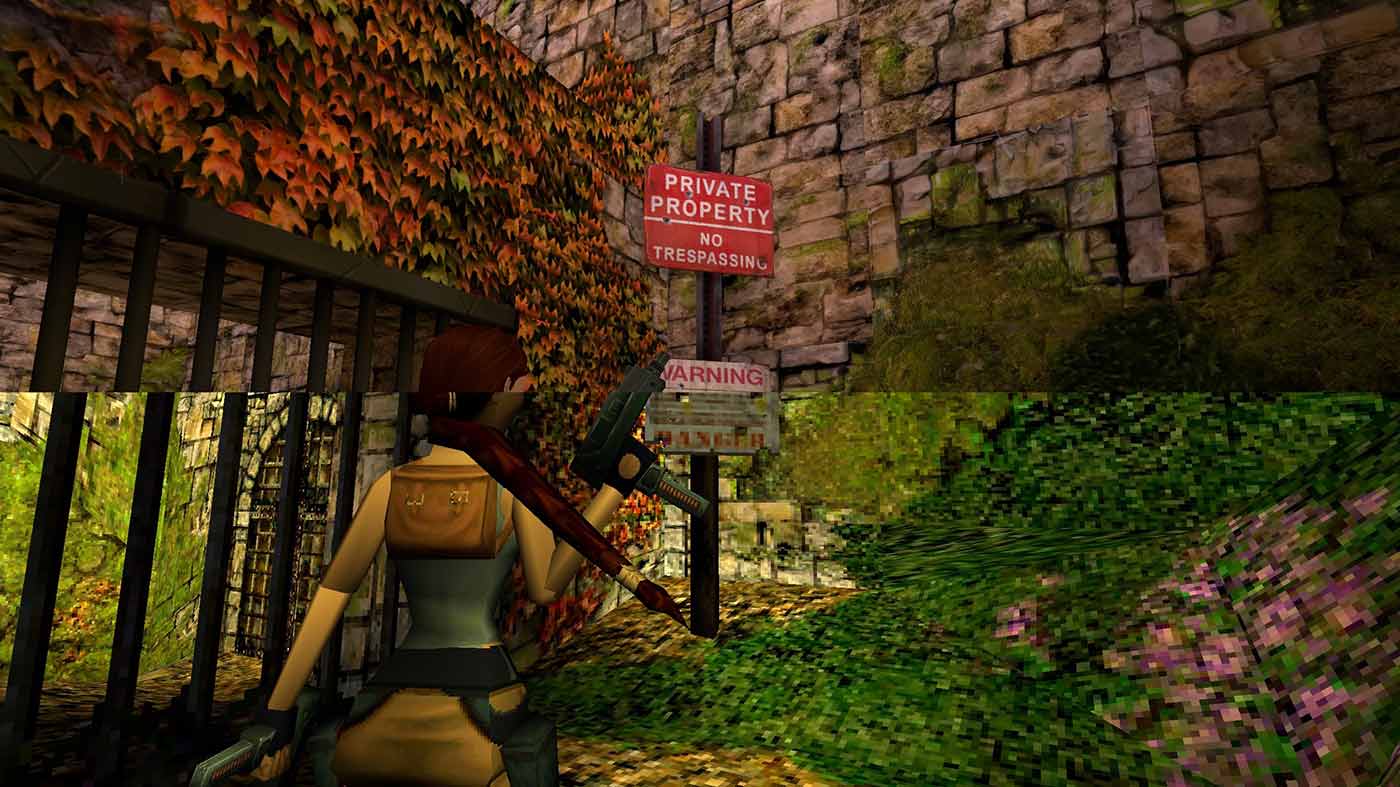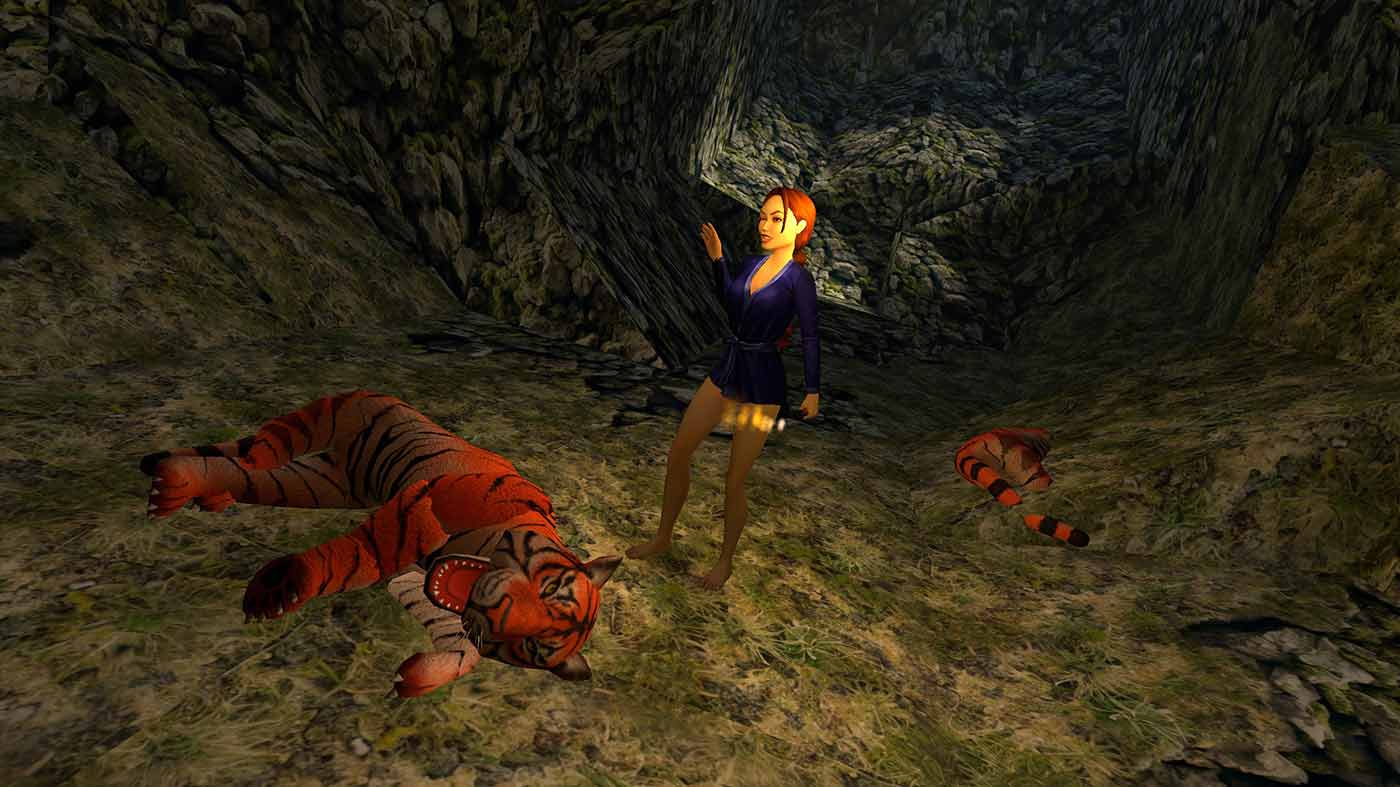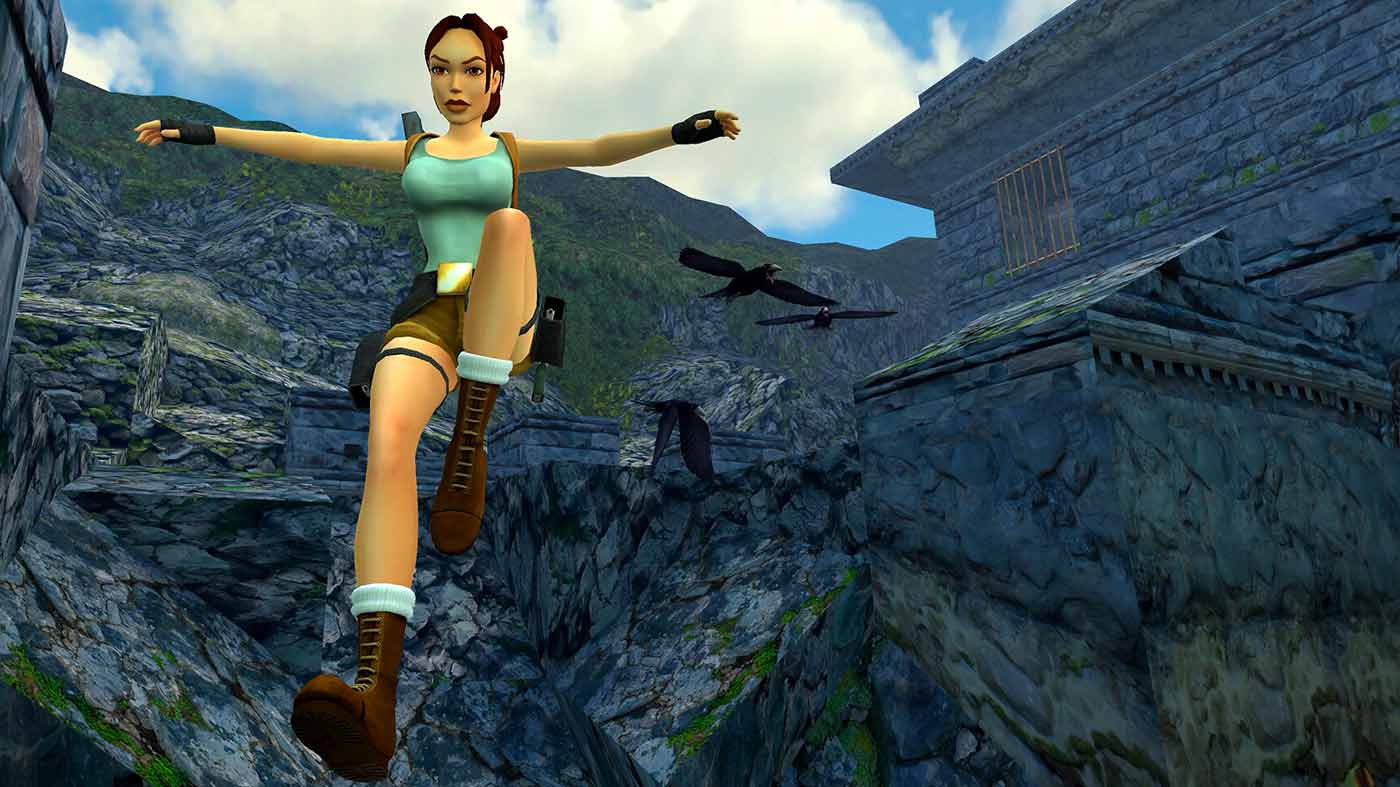Time is relentless and unyielding – it’s– crazy to think that twenty-eight years ago we first witnessed Lara Croft and her adventures in the Tomb Raider series. Nobody could have predicted the critical acclaim that would come afterward, nor the discourse around her status as a cultural icon and her appeal to certain audiences. Even further to that is the expansive and muddled legacy that it created – multiple sequels, several reboots, and film adaptations as well.
When Tomb Raider launched in 1996, it was the first time in a long time that gaming had a strong female protagonist, skyrocketing Lara Croft to the same heights as Mario and Sonic, and putting her head-to-head with Sony’s own Crash Bandicoot. While most people were hooked on the wise-cracking Duke Nukem or ultraviolence of Quake and Doom, Tomb Raider made 3D platforming exciting by blending puzzle solving and action with freedom of movement and exploration. With a slew of sequels and expansions, the Tomb Raider franchise quickly became stale – too much of a good thing led to a lack of innovation, and despite continuing to sell games, the series never really moved past its origins (at least before the modern and grittier trilogy).

Having said that, Tomb Raider I-III Remastered helps you slip on the rose-tinted glasses to enjoy exactly what made Lara the icon she was, and to recapture a bit of that atmosphere when the games were first released. These are games that don’t hold your hand or guide you through with hints and suggestions; you’re dropped into an environment and forced to figure things out on your own, with the tools at your disposal. This is both refreshing and jarring – you could be spending hours wandering a level to try and find your next objective, while simultaneously uncovering the level’s secrets to get a perfect score before moving on to the next.
The biggest thing I think this trilogy has going for it is that it is exactly as advertised, with a few quality-of-life improvements over the originals. You have all three Tomb Raider games in their upscaled glory, with an enhanced modern control scheme, and even a photo mode thrown in for good measure. The three games come with their PC-only expansions as well, available for the first time on consoles, so you truly are getting the full versions of each game with more modern graphics. On starting the game for the first time you’re also greeted with an opening card that states:
“The games in this collection contain offensive depictions of people and cultures rooted in racial and ethnic prejudices. These stereotypes are deeply harmful, inexcusable, and do not align with our values at Crystal Dynamics.
“Rather than removing this content, we have chosen to present it here in its original form, unaltered, in the hopes that we may acknowledge its harmful impact and learn from it.”
There’re going to be people who want to take that the wrong way, but personally I think it’s a great addition considering some of the story content of the games. There’s no overt censorship, no cut content, heck even the games’ cheat codes are active (but I couldn’t get them to work.)

One of the major changes here is the addition of “Modern Controls,” allowing you to play Lara in a more free-moving style as opposed to her classic “tank” controls. This comes with its own caveats – the levels were built around Lara’s strafing jumps, shimmying across ledges and shuffling to get a better angle on things, and more often than not she’d be hurtling into walls or off edges leading to a frustrating level restart.
To realise just how much time we spent with tank controls back in the day, perfecting a safety drop just to tap the wrong button and have Lara swan-dive into the ground below ending in a sickening neck snap is really jarring. To be able to do that in a lot less button presses with Modern controls is just annoying. I found myself constantly switching back and forward between Modern and Tank to get through levels, lest I hurl the controller through the screen. I even experimented with plugging in a DualShock for control, and found that Modern controls feel more comfortable with a controller, but Tank controls work better for keyboards.

Switching between control systems wasn’t the only thing to amaze me – the most impressive part of the Remastered trilogy is the work that’s been put into upscaling the graphics. At the press of a button you can instantly switch between classic graphics and modern graphics, and I’m not gonna lie – the modern graphics are identical to what I would have imagined the classic graphics being when I first played Tomb Raider years ago. Aspyr has made great strides in adding little quirks to the modern graphics, allowing proper light sources to shine in from above, or making certain consumables stand out just that little bit more from their classic counterparts, but sometimes this has flaws in itself as well.
The first level of Tomb Raider III is set in a jungle, which has a swamp you can drown in if you’re not careful. Switching between classic and modern graphics, I discovered that the classic graphics’ mud has waves like water, whereas the modern texture is solid and looks like the ground. Another level restart for me on that one after unsuccessfully trying to pull Lara out of the swamp. It’s small changes like this that make you err on the side of caution; whether this was a stylistic choice for Aspyr in developing the games or not remains to be seen. The game’s photo mode allows you to have a bit of fun while playing, and really puts you back in awe at the graphical changes between old and new, though I was a little uncomfortable with the ability to put Lara in a dressing gown in the middle of China.

The audio work goes largely unchanged from the originals, so Lara’s voice is the same as day one, grunts and all. The pre-rendered cutscenes are also unchanged but do get the benefit of upscaling – credit to Aspyr for not trying to reinvent the wheel with that one, The in-game cutscenes have additional facial animation to match the voices which was a nice touch. Nathan McCree’s iconic title theme brings a tear to my eye every time I boot up the Remastered trilogy, and the soundtrack for all three games with its classical influences is still some great atmospheric work.




